Akron nonprofits: More women, underserved populations need tapped for board service
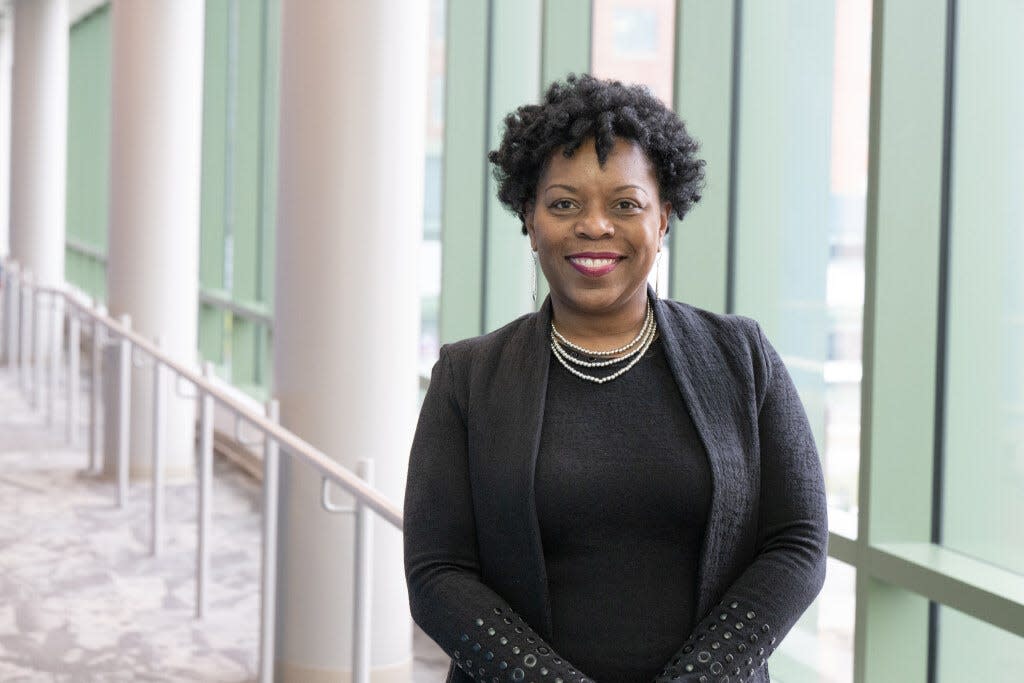
Women and people from underrepresented communities are seeking to serve on nonprofit and public boards and committees, and local groups are working to help connect them with those opportunities.
Data show disparities between the demographic makeup of area populations and representation on nonprofit and public boards and committees.
In Summit County in 2018, 52% of nonprofit board seats were filled by white men, while white women had 34% of seats at the table, and women and men of color each filled 7% of seats, according to the Women’s Network of Northeast Ohio’s Gender Equity & Women’s Leadership Study.
However, women make up roughly half of Summit County’s population, and Black residents make up 15.3% of the county’s population, per U.S. Census population estimates. In Akron, Black residents comprise about 30% of the population, according to U.S. Census estimates.
Diversity on boards and committees drives organizations’ abilities to have more ideas and perspectives, said Bernett Williams, chief diversity, equity and inclusion officer at Akron Children's Hospital.
“And there's a lot of data out there to support the fact of how organizations are more profitable, organizations are more successful, the more diversity that they have in terms of representation, and that representation at the top, at the board level, is often what drives strategy and culture at organizations,” Williams said.
A directory for women professionals seeking nonprofit board service
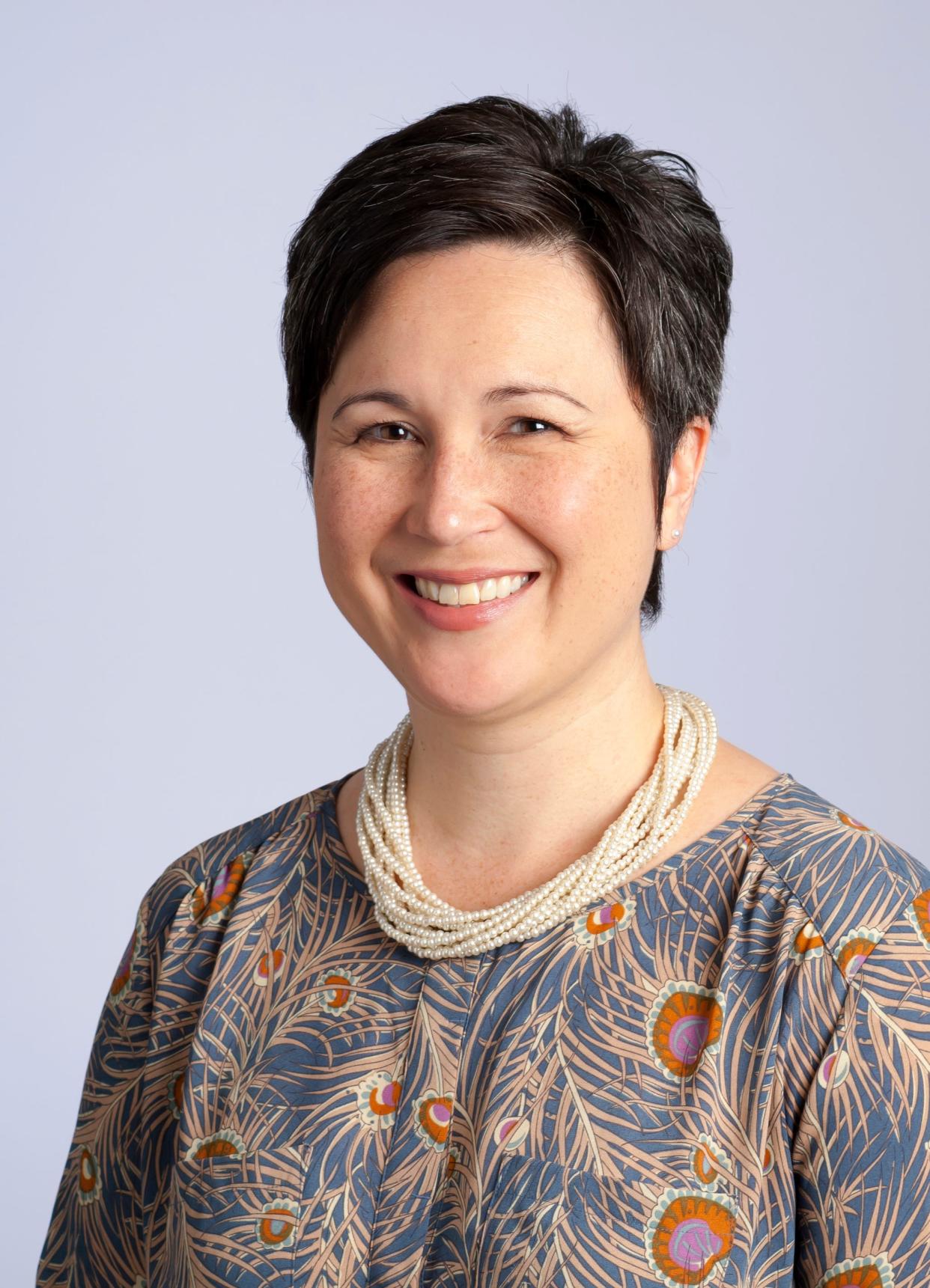
The Women’s Network Leadership Institute (WNLI) at the Greater Akron Chamber (GAC), formerly the Women’s Network of Northeast Ohio, is starting a directory called the Board Leadership Initiative for women who are interested in joining area nonprofit boards and committees and creating a profile.
In February 2019, the Women’s Network of Northeast Ohio published its Gender Equity & Women’s Leadership Study using 2018 data.
Among the findings from the study was that the percentage of seats held by women on Summit County nonprofit boards — 41% — trailed the national figure of 48%.
The Board Leadership Initiative came out of WNLI’s goal to help local nonprofit boards and committees reach equal representation, said WNLI Chair Dr. Jennifer Savitski, who is also chair of Cleveland Clinic Akron General’s Department of Obstetrics and Gynecology and medical director of its PATH (Providing Access To Healing) Center.
“What we know is that our community is dedicated to wanting to increase the parity in boards, specifically in nonprofit boards and, really, economically across our region,” Savitski said. “We know that the dedication, the commitment, is there.”
Brynn Popa, the Greater Akron Chamber’s senior vice president of strategic initiatives and engagement, said nonprofit leaders have shared that they want to increase diversity on their boards but don’t know where to find candidates.
“And, so, you have a cycle of the same people — especially people of color and women of color — getting tapped time and time again to serve on board after board,” Popa said. “And that's tiring. And that also doesn't leave space; it leaves out all these people who want to be involved but aren’t visible yet.”
WNLI is gathering profiles from women professionals through May 31. It then plans to publish the directory online in the third quarter of this year for nonprofits to reference, Popa said.
The institute is also focused on educating women interested in serving on boards about what it entails, Savitski said.
“I think part of the impetus of doing this is to demystify what it means to get on boards and helping to increase the access for these women, as well,” Savitski said.
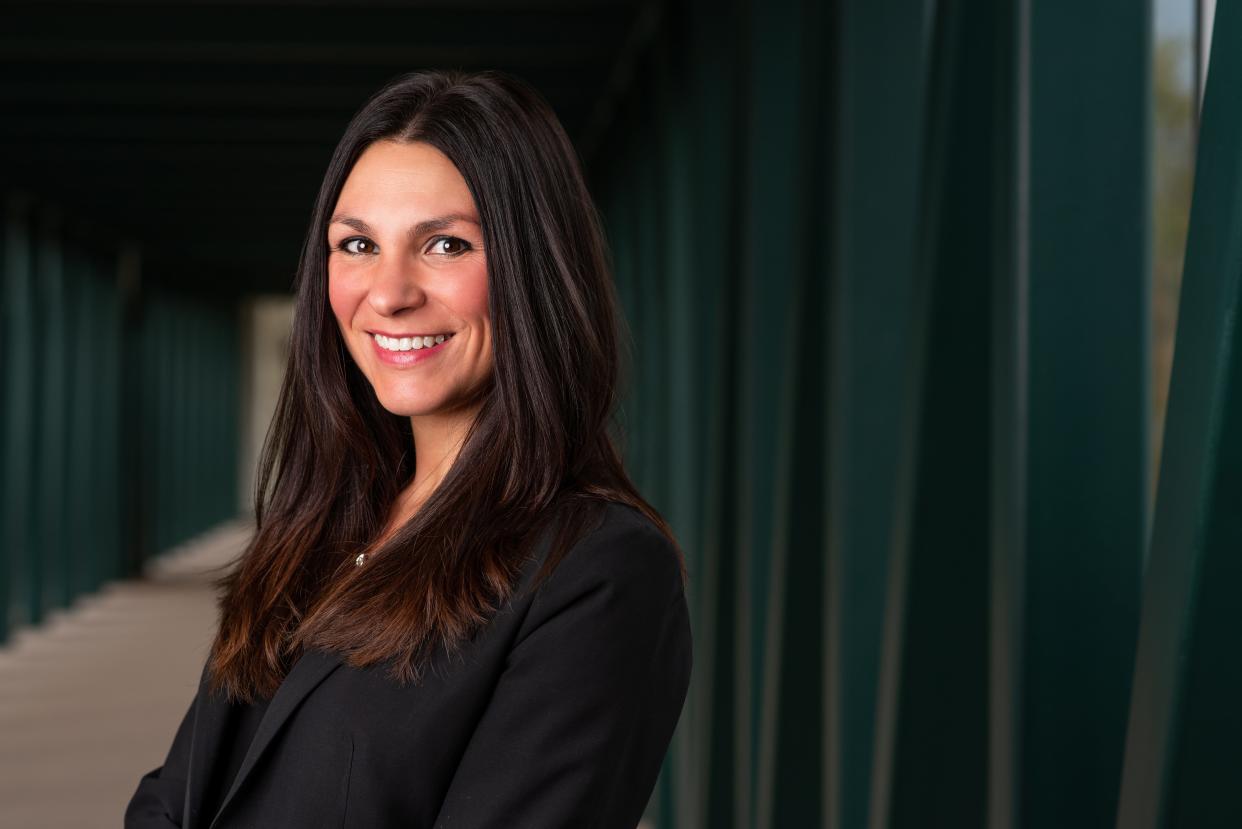
Diversity on Board 8 years into connecting minorities with public, nonprofit boards
Diversity on Board, a program of Leadership Akron and United Way of Summit & Medina, works to increase the representation of racial and ethnic minorities on nonprofit and public boards.
Leadership Akron Senior Program Manager Henry Johnson Jr., who heads Diversity on Board, said the program is scheduling interviews for its ninth class. Its eighth class of participants, numbering 23 professionals, graduated last week.
Created in 2016, Diversity on Board came out of the United Way of Summit County program Project Blueprint that ran from 2002 to 2013.
Diversity on Board started as a way to provide professionals from underserved populations with board training but has expanded its scope beyond board governance and management, Johnson said.
“It’s the etiquette, it's how you network at a function, it's making sure you know you need to attend the function,” Johnson said.
One component of Diversity on Board is personalized coaching.
“Each participant has mentor coaches, and they discuss what's going on in the boardroom, what some of their experiences are, based on the theme of the day,” Johnson said.
Another aspect is board shadowing.
“The participants are asked, 'Hey, what's your opinion? What did you think of the meeting? Is there something maybe you learned in the program thus far or from your personal life experience that maybe we didn't think of or didn't talk about?’” Johnson said.
Participants also perform community service together, which Johnson said enables them to identify a volunteer opportunity that they’re collectively passionate about. Community service is also part of board service, he said.
Public and nonprofit board service requires voices from the community that is being served, Johnson said.
Academic knowledge and lived experience are also important, he said.
“But at the end of the day, you need that broad spectrum of voices to move the organization forward,” Johnson said.
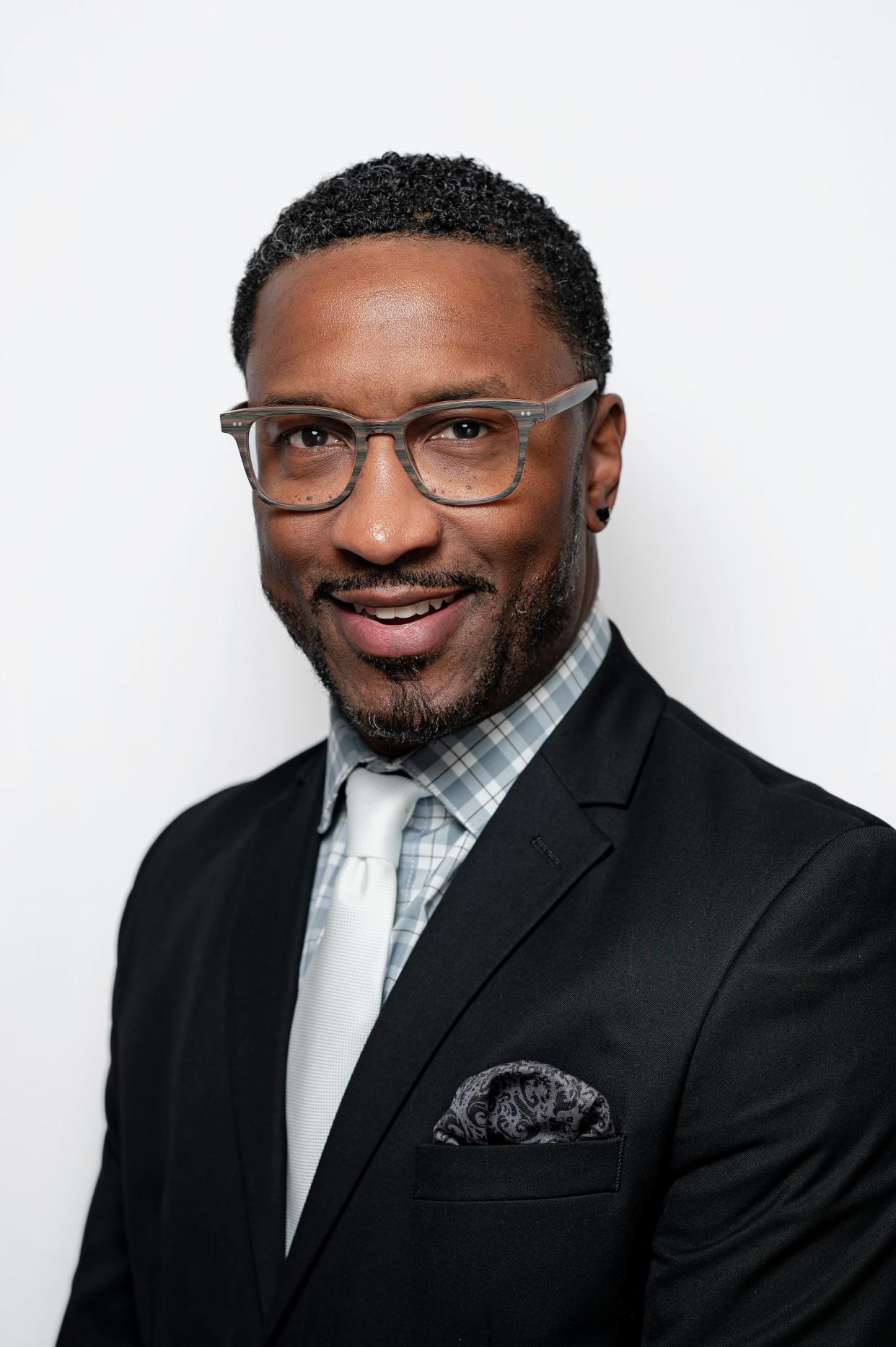
How many women, diverse community members serve on boards of Greater Akron's biggest nonprofits?
Local nonprofits and governmental organizations shared board representation figures with the Beacon Journal.
Within the Cleveland Clinic system, the Akron General Medical Center board of directors is composed of 43% women, Savitski said.
“We anticipate we will hit parity with 50% probably within the next one or two board cycles,” she added.
Akron Children’s Hospital’s 25-member board of directors includes 10 women and four diverse members, while its Foundation Board’s 32 active directors include 14 women and four diverse members, spokeswoman Laurie Schueler shared with the Beacon Journal via email.
Akron Children’s also has a Women’s Board that dates back to 1890. It has a 75-member cap, Barbara Varley, president of the Women's Board and a member of the hospital system’s board of trustees, said over email.
Varley said the Women’s Board is unique because its five officers also serve on the hospital’s board of directors and on committees rather than operating solely as an “auxiliary” board.
“In the majority of households, women are still the primary caretakers of children,” Varley said. “Women take their children to well visits, sick visits and interface with the providers of the hospital. We draw on our perspective as mothers, grandparents and caretakers living in the Akron Children's service footprint. Most of us have personally used the hospital’s services directly at some point. The Women’s Board is dedicated to the support, protection and welfare of all children in our community.”
Summa Health is currently a nonprofit but announced that it is being acquired by venture capital firm HATCo.
Summa President and CEO Dr. Cliff Deveny issued the following statement via email: “At Summa Health, we have a number of DEI initiatives in place to continue to increase diversity related to gender, racial and ethnic demographics, geography, skill set and diversity of thought in our boards, board subcommittees and executive leadership team.”
Summa “embraces diversity and inclusion,” including on boards and committees, to assure “a wider range of perspectives are considered, leading to deeper understanding of our patient population and a better ability to meet the needs of the community,” Deveny said.
The Greater Akron Chamber has both elected and non-elected seats, and 52% of the elected seats are held by women, Popa said. Members can self-identify as being from underrepresented communities, but that is not a requirement, she said.
The Development of Finance Authority of Summit County (DFA), a quasi-governmental organization, and its managed entities have eight unique boards and committees with 59 members, DFA Vice President Rachel Bridenstine shared via email, adding: “Of them, 28 are women and 21 represent underserved communities.”
Bridenstine serves as executive director of two nonprofits that DFA manages: the Development Fund of the Western Reserve, a tax credit entity, and the Western Reserve Community Fund, a Community Development Financial Institution.
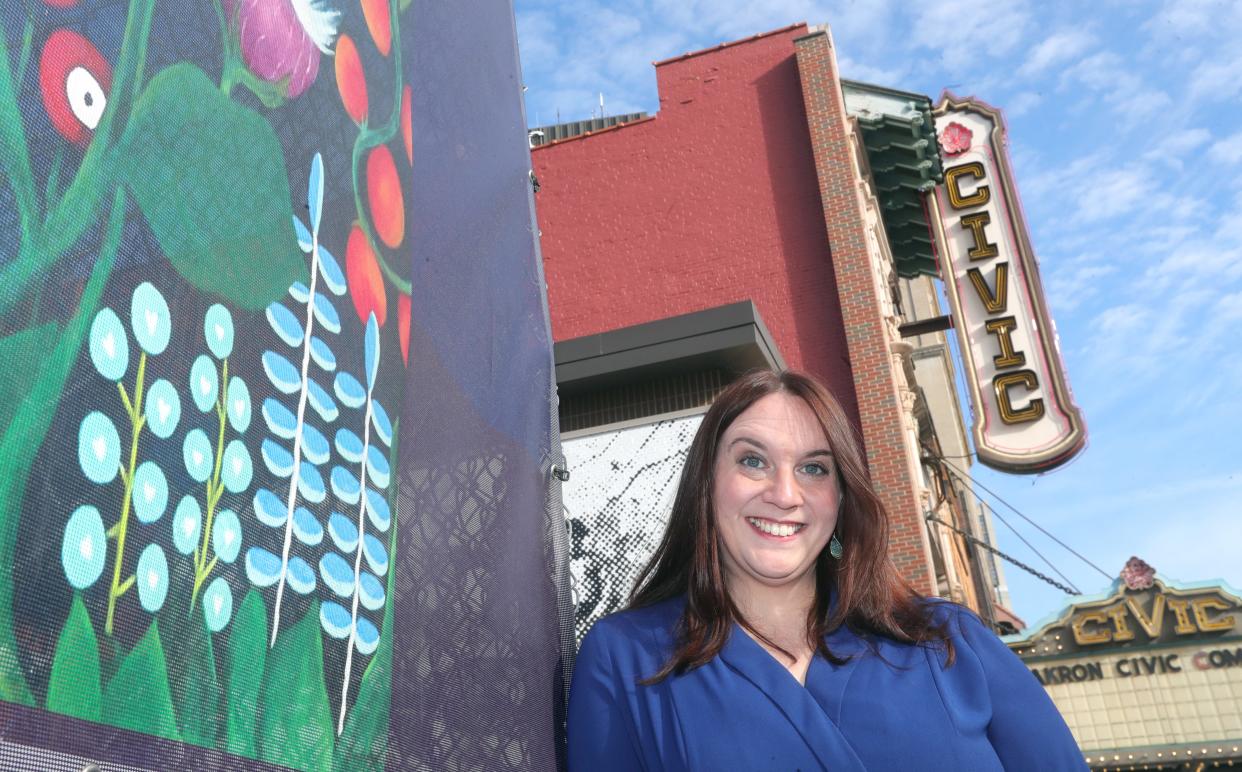
She shared on the phone that if the nonprofit boards didn’t reflect the communities they serve, it would be “disingenuous in our work for the community.”
“There's more than plenty of people that have the expertise and should be given the opportunity to be on boards and could be so impactful for doing that," Bridenstine said. "And we need to just broaden the net of each of our organizations — how we look at finding board members."
At Akron Children’s, Williams said the hospital system doesn't just ask people to serve on its board.
“We’re trying to prepare our workforce to be able to serve on boards in the community,” she said.
Patrick Williams covers growth and development for the Akron Beacon Journal. He can be reached by email at pwilliams@gannett.com or on X, formerly known as Twitter, @pwilliamsOH.
This article originally appeared on Akron Beacon Journal: Akron nonprofit, public boards seeking more women, diversity
